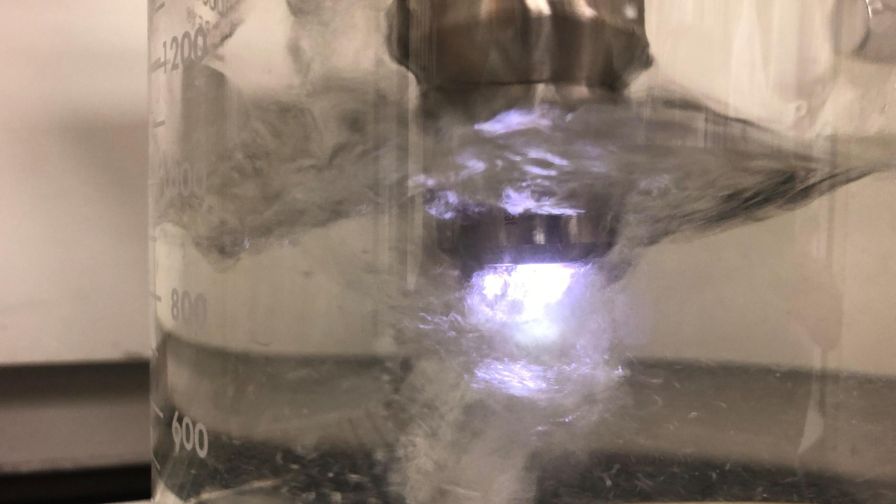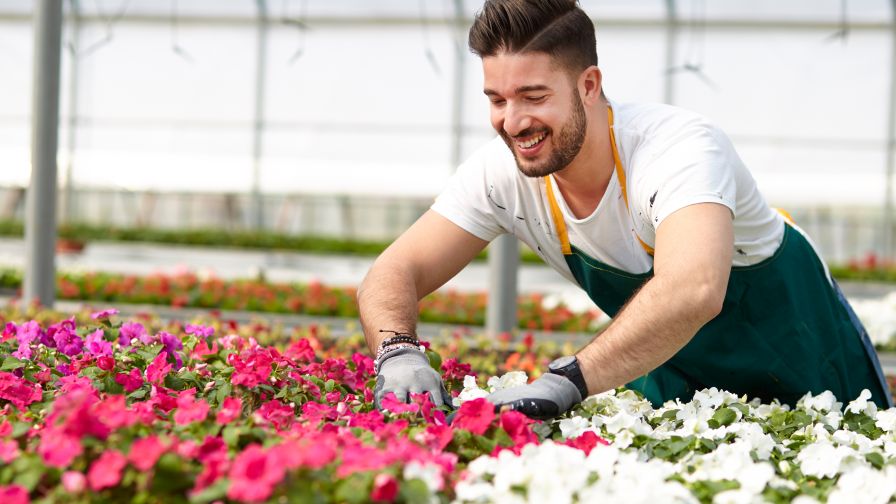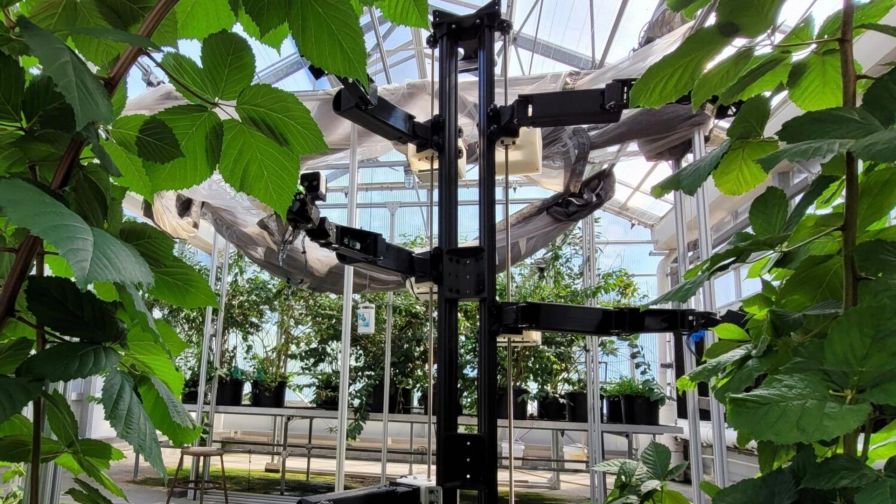How Plasma-Activated Water Might Play a Role in Seedling Protection

Photo: Cornell University
Floriculture industry researchers are conducting a Seedling Cultivation Survey that focuses on the potential role of plasma-activated water (PAW) for seedling protection. Using a special heating jet, air can be heated to a very high temperature and blown into regular water. In the heating process, air becomes plasma, which generates a variety of reactive oxygen and nitrogen radicals or species. When blown and dissolved into water, it is referred to as “plasma-treated water” or “plasma activated water.”
Typically, PAW has lower pH, higher conductivity and salinity, and it is used to clean/sterilize surfaces. In crop production, PAW is also being promoted as an organic nitrogen fertilizer, to control diseases and arthropod pests, and to boost seed germination and seedling vigor. Commercial systems to produce PAW are already available.
The objective of the survey is to determine commercial issues in young plant production to assist researchers at University of California, Davis, University of Minnesota, and Cornell University develop relevant solutions for greenhouse/nursery crops based on PAW treatments. The survey is intended for growers, farm operation managers, and owners of operations that produce/use young plants. English and Spanish versions are available. The survey will take about five minutes to complete.
Click here to take the survey.











